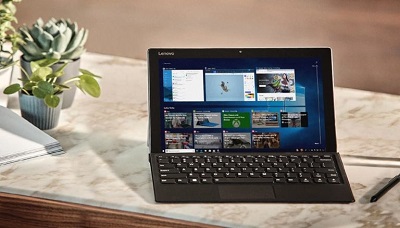|
After it was reported that the VPNFilter botnet consisting of over 500,000 routers and NAS devices was taken over by the US government, the FBI issued an advisory stating that users should reboot their routers in order to disrupt the malware. Unfortunately, as shown by the five phone calls I received today, many people heard the reboot part but did not read the rest of the recommendations of turning off remote administration, changing passwords, and upgrading to the latest firmware. One step that was not mentioned is the fact that the only way to truly remove VPNFilter is to reset the router to factory defaults. Due to this, people are just resetting their routers but leaving part of the malware still present after it is rebooted. With that said, I have put together a guide on VPNFilter, what the FBI advisory is about, and the steps you should perform to clean and secure your router. VPNFilter is malware that targets routers and NAS devices in order to steal files, information, and examine network traffic as it flows through the device. When the malware is installed, it will consist of three different stages, with each stage performing specific functions. There's plenty more on OUR FORUM. The rollout of Windows 10 April 2018 Update started earlier this month, and according to AdDuplex, a leading cross-promotion network for Windows Store apps, the latest version of the OS has already managed to reach 50% of Windows 10 PCs in just one month. It is worth noting that the report is based on data collected from around 5,000 Microsoft Store apps. Microsoft typically needs a few months to ship new Windows 10 updates to all devices, but it appears that the more and more users have manually upgraded their systems to the newest version of the operating system. Windows 10 April 2018 Update is available for manual download since April 30, and in just one month, the operating system is on 50% of PCs. AdDuplex claims that this the fastest spreading Windows 10 update by far, and the previous version of Windows 10 (the Creators Update) was under 50% for about 3 months. Microsoft has tried to make Windows 10 the right operating system for all devices with the April 2018 Update (version 1803). Windows 10 version 1803 is a big update and it comes with Timeline, a new feature that allows users to resume the activity from where they left off. It also improves Edge browser, Start menu, Fluent Design, first-party apps and fixes the glitches reported by users. Tere's more on OUR FORUM. Windows 10 vs Windows 10 Pro: the basics. The standard version of Windows 10 is actually Windows 10 Home, and it's aimed at home users. If you're running a business, you're perhaps more likely to be interested in Windows 10 Pro. A lot of features are shared between these two OSes, all the basics that you're probably familiar with from previous versions of Windows. Both can work across desktops, laptops, and tablets, and both come with features like Cortana and Microsoft's new browser, Microsoft Edge. The smart login tech known as Windows Hello is included in both Home and Pro editions, as is the Xbox app for streaming games from your Xbox One. You don't miss out on gaming features (like DirectX 12) if you go for the Pro version of Windows 10. In fact if you booted up Windows 10 Home and Windows 10 Pro side by side, you'd be hard-pressed to tell the difference unless you really dig into the features. For the most part, both OSes work in exactly the same way. Upgrading from the Home version of Windows 10 to Windows 10 Pro is a fairly straightforward process – Microsoft has details here – but to go back the other way you need to do a full reinstall. ...read more on our Forum |
Latest Articles
|


